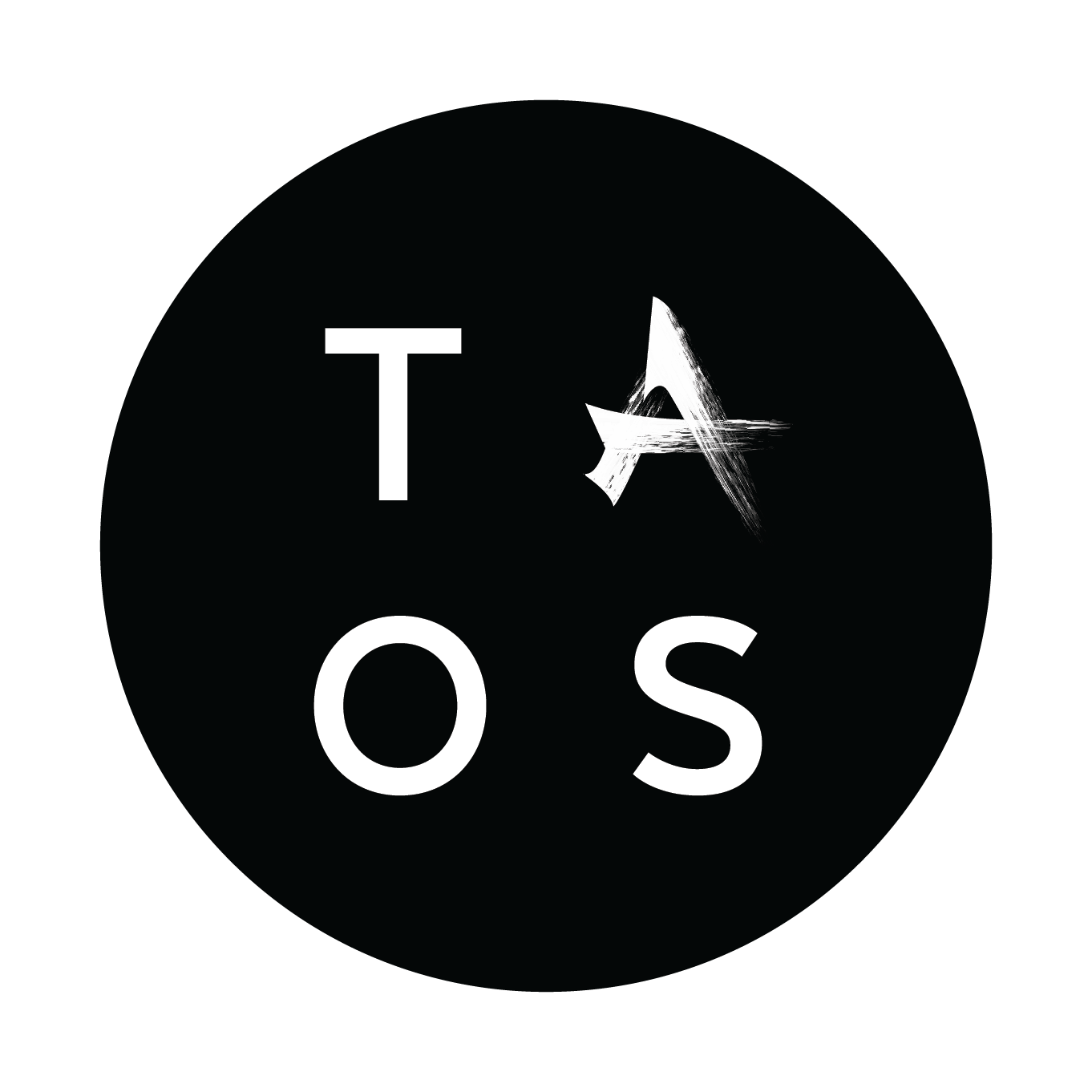
How to film yourself surfing.
A guide
There’s a reason no world class athlete’s coach is YouYube. To deliver fast tracked progression in surfing, it is key you understand how you are implementing a movement and what to do next. Video footage is the most important aspect of this process, as it will provide you with the realistic understanding of your technique.
Capturing surf footage can feel like a daunting task at first, but it doesn’t need to be. To progress you don’t need a high level of video quality, and with all sorts of camera options available at a decent price point and even high-quality footage on mobile phones, there’s no need to be hiring a film-maker. After all, if you’re reading this, you’re probably not Dane or Kolohe level… yet.
We’ve put together a guide with tips and techniques to help you get the right type of footage to advance your surfing.
“Footage really is the key to progression in surfing. It’s vital to understanding both where you’re positioning yourself on the wave and how you are executing a turn. Without this feedback you may just be continuing to reinforce bad habits”
— Matt Scorringe
When To Film
The act of filming can feel like it’s going to add time and extra steps that could be a barrier to getting into the water, which ultimately what we all want to do as fast as possible. But with the right approach it can be a small addition to your session that can have a major impact on your progression. If you aren’t time rich, the ideal approach can be to integrate your filming sessions at key points of your training. We recommend working on a technique for a period of time on land and in the water and then filming key sessions to capture your progress.
The biggest misconception about capturing surf footage is that you need a lot. In fact the opposite is true, especially if you’re working with a remote coach, such as through TAOS Academy and Remote Coaching Cycles. You’ll really only need a handful of waves both forehand and backhand that show a particular technique attempt. Why?
Technique is telling.
At TAOS we’re able to isolate the movements that you need to further develop and provide actionable feedback with very little footage.

What To Use
As well as not needing to film constantly, you also don’t need a high-quality camera to film your sessions. It’s important you capture your body and board movements in high enough resolution. In practice, this means in your footage you should be able to clearly see the position of your head, arms, legs, and board while you surf. As a simple rule of thumb, if you can’t make out if it is your arm or body in the footage, then it’s not good enough to review.
The good news is that cameras are of such high quality now that there are multiple options available that you can use, including your iPhone.
Example Camera Options
-
While wearing a GPS tag a soloshot camera will track you across the wave as you surf. This can be a good option, but it does come with a high price point and multiple technology aspects that you will need to learn.
-
Camera resolutions have improved substantially over the past few years. 4k cameras are now available at a relatively cheap price point. This enables you to lock your camera off on a wide shot on the beach, capturing multiple peaks at once and then crop the footage when you edit it. A popular camera for surfers is the Panasonic HC-VX981K 4K.
If you go this route, make sure you purchase a larger battery pack. This will give you easily enough filming time for a session.
-
An iPhone can be the most accessible way to capture surf footage. As long as you aren’t surfing too far from shore The high resolution of the camera will enable you to analyze technique. Got a friend you surf with? Capture a few waves of each other during a session.
“If I don’t have a camera to hand, I’ll often film my students through my iPhone and the quality of the footage is more than enough to undertake an analysis of their technique. Don’t underestimate it as a tool to use.”
— Matt Scorringe




